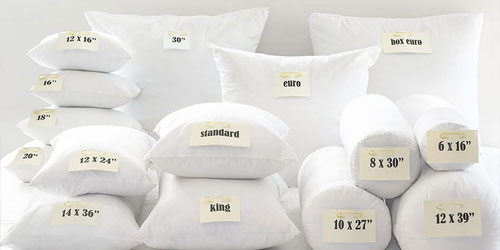How to
Spackle Nail Holes Before Painting
Putting a fresh coat of paint on your interior walls gives you a great opportunity to refresh a room and give it a new look and feel, whether you simply desire a different hue or are preparing to bring in some new furniture from Pottery Barn that changes up your decor. There are some more practical benefits to repainting a room too. You can take this opportunity to cover up any flaws in the wall, including nail or screw holes. Patching these up gives your home a more polished feel and can be beneficial if you plan to sell the home in the future.
This project gives you the opportunity to make last-minute decor changes. Using proper technique is essential to making sure your nail hole doesn’t turn into a bump or lump on your wall. This drywall spackling technique helps ensure that your wall is repaired properly and looks smooth and even when you’re finished. You may even want to cover over nail holes that you intend to use again just so you can have a totally clean slate in your repainted room. When completed with a caring hand, this choice ensures that your walls are smooth without any errant holes if you change your mind about the placement of a favored piece of wall art.
To repair your nail holes, gather the following materials:
• Shrink-free spackling
• A putty knife (use both 1.5" and 3" knives if desired)
• A fine-grit sanding sponge
• Tack cloth
• Fiberglass mesh tape (optional for larger holes)
If you’re using fiberglass mesh tape, cut a square large enough to cover your hole and overlap by about a half an inch all around the diameter. Don’t spend too much time trying to stay precise with your patch cuts; just make sure the piece covers the hole and has some overlap in the surrounding area.
If you’re using a 3" putty knife, use it to scoop out a small clump of spackle from the tub and smooth it onto the wall. If you’re using only one size of knife, use it for this step. Pick up enough spackle to fill the hole and taper some spackle on either side of the hole to help ensure a smooth finish. Gently press the spackle into the hole using a scraping motion, taking care not to damage the wall surrounding the hole with the putty knife’s sharp edge. This gives you a smooth surface to paint over. To make sure the hole is completely full, change the direction in which you’re spreading the spackle several times throughout the process. Be thorough and don’t think too much about smoothness at this point. During this first step, your goal is simply to fill the hole.
Allow the spackle to dry completely before moving to the next step. If you notice any shrinking or incomplete areas after it dries, go back in with another layer of spackle, using the same technique as you used in the first step.
After the spackle is dry, use the fine-grit sanding sponge to gently buff away any excess spackle on the wall. The goal with this step is to even out the wall and make the texture and depth of the spackled area even with the surrounding wall. You’ll still be able to see some spackle but should not see any fiberglass tape poking through. If necessary, add another layer of spackle to cover up the mesh tape. This is the surface that you’ll be painting over, so any abnormalities in texture or depth can show up under the paint, even if you put on several layers.
After you’ve finished sanding, use the tack cloth to wipe away any dust and debris on the wall. Before you begin your main painting process in the room, use a brush to gently blend in the new paint color over the spackled area to give it an extra bit of base. Then, paint as normal and enjoy your revitalized room.


